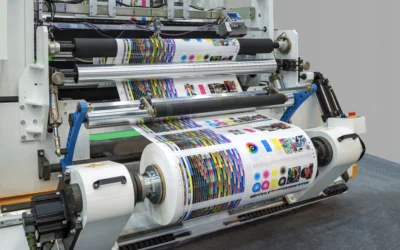Biodegradable Packaging
Biodegradable packaging is designed to break down naturally in the environment, typically through the action of bacteria, fungi, or other living organisms. This process usually takes place over a period of months or years, depending on the material and environmental conditions. Biodegradable packaging can be made from a variety of materials, including plant-based plastics (PLA), paper, and certain types of biodegradable polymers.
One of the key benefits of biodegradable packaging is that it reduces the amount of waste sent to landfills, as it breaks down into natural components. However, it’s important to note that not all biodegradable packaging is created equal. Some biodegradable materials may require specific conditions, such as high temperatures or moisture, to break down effectively. Additionally, some biodegradable plastics may leave behind microplastics, which can still have negative environmental impacts.
Compostable Packaging
Compostable packaging, on the other hand, is designed to break down in a composting environment, along with other organic matter. Compostable packaging is typically made from plant-based materials, such as cornstarch, sugarcane, or cellulose. Unlike biodegradable packaging, compostable packaging breaks down more quickly and completely, usually within a few months, under the right conditions.
One of the key benefits of compostable packaging is that it produces nutrient-rich compost, which can be used to enrich soil and promote plant growth. Compostable packaging also helps to reduce greenhouse gas emissions, as it breaks down aerobically (with oxygen), unlike traditional plastic, which breaks down anaerobically (without oxygen) and releases methane, a potent greenhouse gas.
Benefits of Biodegradable and Compostable Packaging
Both biodegradable and compostable packaging offer several benefits for the environment. By using these types of packaging, companies can reduce their reliance on traditional plastics, which are derived from fossil fuels and can take hundreds of years to break down. Additionally, biodegradable and compostable packaging can help reduce litter and pollution, as they break down into natural components.
In conclusion, biodegradable and compostable packaging are both eco-friendly alternatives to traditional plastic packaging. While biodegradable packaging breaks down naturally over time, compostable packaging breaks down more quickly and produces nutrient-rich compost. By understanding the differences between these two options, companies can make informed decisions about which type of packaging is best suited to their needs and environmental goals.
In conclusion, biodegradable and compostable packaging offer eco-friendly alternatives to traditional plastic packaging. While biodegradable packaging breaks down naturally over time, compostable packaging breaks down more quickly and produces nutrient-rich compost. Both options can help reduce waste and pollution, making them a more sustainable choice for companies looking to reduce their environmental impact.
By choosing biodegradable or compostable packaging, companies can help protect the environment and promote a more sustainable future for all. Whether you opt for biodegradable or compostable packaging, both options offer significant benefits for the environment and can help reduce the impact of traditional plastic packaging on our planet.
Let heard about what your thinking about the topic in the comment



0 commentaires